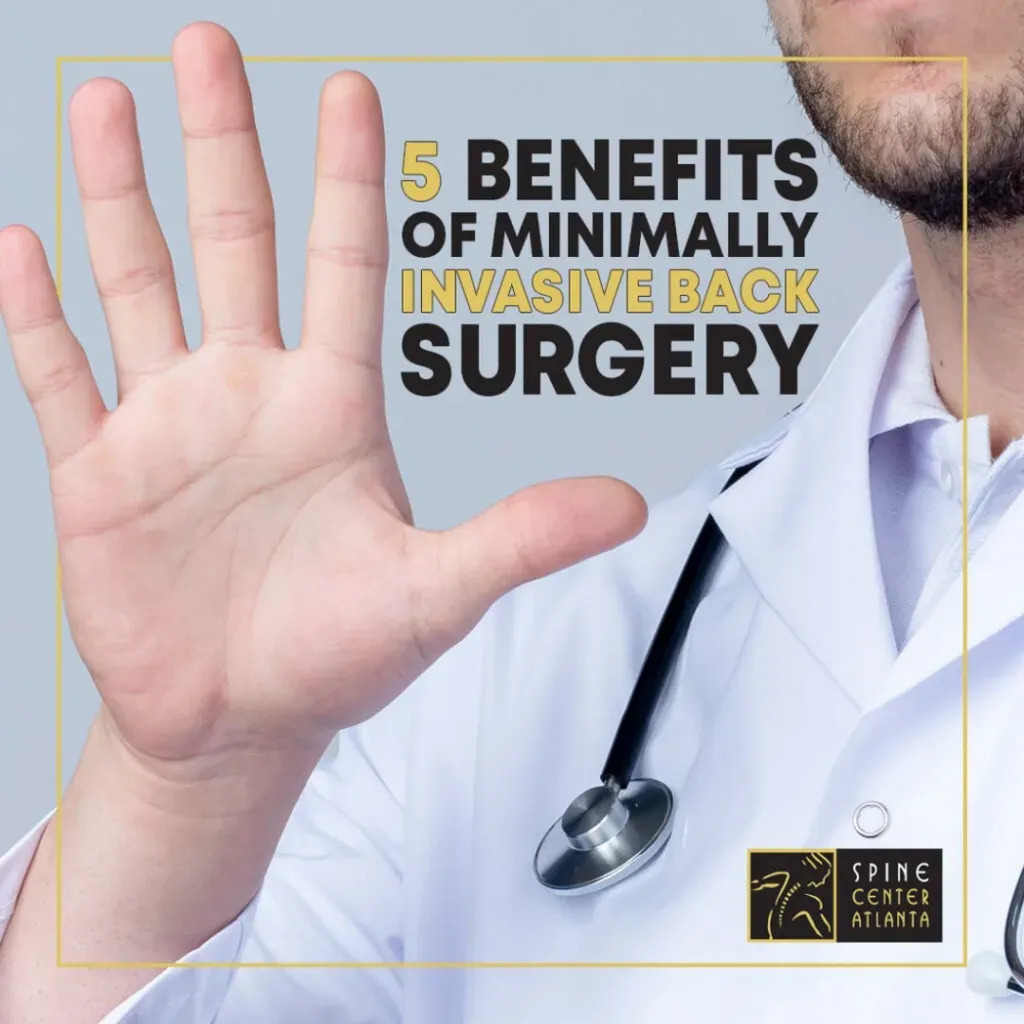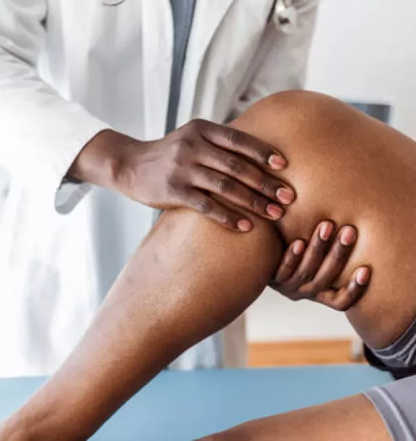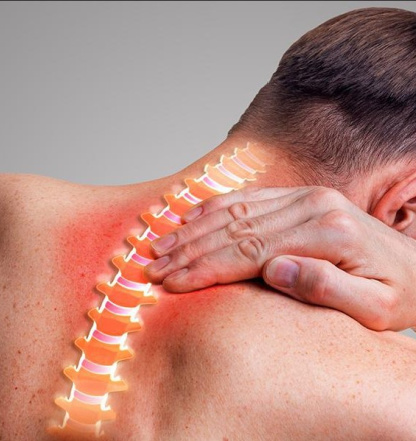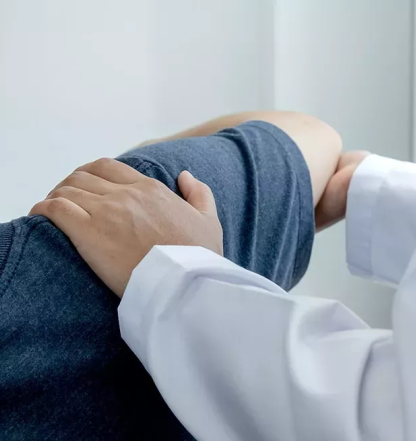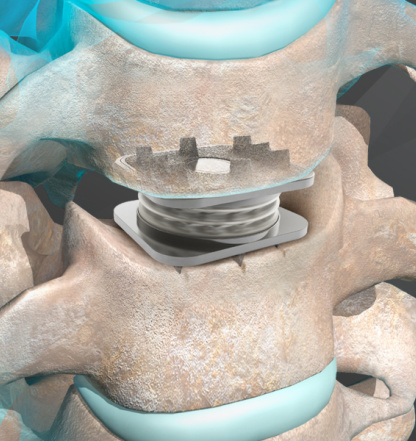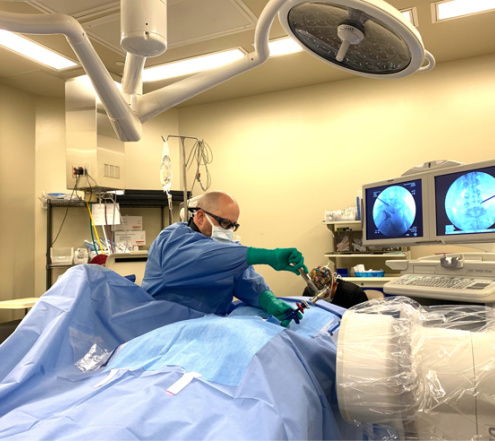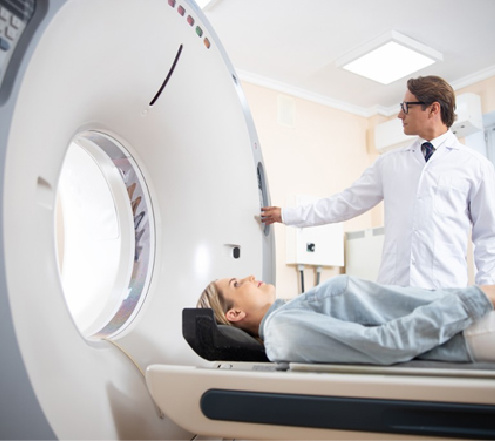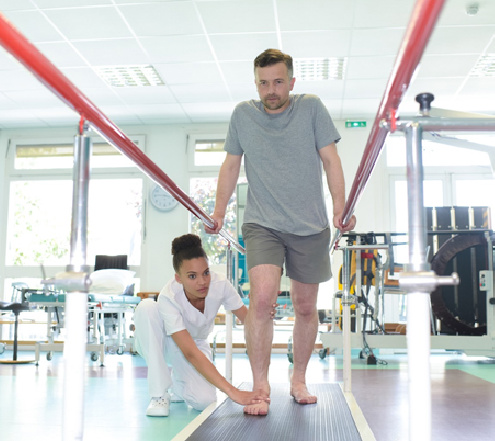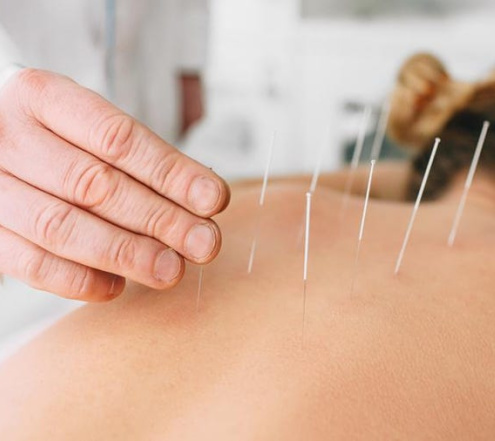Too many people with chronic back pain and related symptoms such as leg pain delay surgery. Even when nonsurgical therapies have been fully attempted without bringing lasting relief, a lot of people choose to live with the pain and lower quality of life.
Too many people with chronic back pain and related symptoms such as leg pain delay surgery. Even when nonsurgical therapies have been fully attempted without bringing lasting relief, a lot of people choose to live with the pain and lower quality of life. A big reason for this is likely the risks and difficulties associated with traditional open surgery of the spine.
For years, the only way for surgeons to perform spine procedures was through full open surgery. This meant a large incision, cutting and tearing of muscles, overnight hospitalization, and a long, often difficult recovery period. Certain traditional approaches also left patients at an increased risk for failed back surgery syndrome (FBSS).
Fortunately, the state of spine surgery has continued to advance over the decades. This has helped to make spine surgery a far less scary prospect for patients. Not only has open back surgery become far less invasive, but new technology and advanced techniques also allow for minimally invasive surgery.
For people who are good candidates, minimally invasive back surgery can offer substantial benefits. Particularly when compared to the traditional, full open surgery that so many associated with back surgery.
Here are five significant benefits that minimally invasive surgery can offer patients who require lower back surgery or neck surgery.
1. A Smaller Incision
Traditional open surgery for the lower back requires a long incision, typically five to six inches long. Although in some cases, such as a multi-level fusion, the required incision size was even larger.
In contrast, surgeons can perform minimally invasive surgery through a much smaller incision. Sometimes less than one inch.
This is possible because of visualization technology, specialized tools, and muscle-sparing techniques that allow surgeons to access the surgical area without needing to fully open up the back. Smaller incisions take less time to heal and result in less scarring.
2. Muscle-Sparing Techniques
Just as important as a smaller incision is the reduction in cutting or tearing muscle and other soft tissue around the spine that minimally invasive back surgery offers. Once the back was opened up, traditional open back surgery still required cutting and tearing of muscles, tendons, and ligaments to get to the surgical area.
Minimally invasive surgeons can use tools and techniques to gently spread and move aside soft tissue. This requires far less healing time and can make the recovery process much less difficult compared to traditional open surgery.
3. An Outpatient Back Surgery
A smaller incision and less soft tissue disruption helps many patients avoid overnight hospitalization as well. Because minimally invasive back surgery allows patients to be up and walking within hours of a procedure, once stabilized, people can be discharged on the same day.
This means instead of staying one or more nights in a hospital, patients can begin the recovery process in their own homes. Travel patients can stay in the comfort of a hotel room.
For back surgery that does require an inpatient procedure, minimally invasive techniques still offer the potential for shorter hospitalizations and easier recovery.
4. Reduced Risk of Certain Complications
Like any type of surgery, back surgery has a risk of complications. This can include healthcare-associated infections, such as surgical site infections or infections due to exposure to other patients. Larger incisions and inpatient procedures associated with traditional open back surgery can increase the risk of both.
In one study published in the Journal of the American Medical Association, minimally invasive surgery was shown to significantly reduce the risk of surgical site infection in patients.
5. The Potential for a Shorter Recovery Period
A smaller incision, less muscle disruption, and the ability to be up and walking sooner can all contribute to a shorter healing time and an early start on recovery and rehabilitation. However, it’s still important for patients to commit to physical therapy and follow all postsurgical instructions. Minimally invasive back surgery patients who do this can expect recovery times in the weeks, compared to months or longer with some traditional open back approaches.
Physical therapy and rehabilitation are key to ensuring the best possible recovery and outcome no matter what type of procedure you undergo. Working with an experienced rehabilitation professional helps build strength, improve range of motion and learn spine-healthy movement and posture. For patients undergoing any type of back surgery, the state-of-the-art rehabilitation center at Spine Center Atlanta can help you reach your recovery goals.
The Spine Center Atlanta Difference
At Spine Center Atlanta, our caring team can guide you through the entire diagnostic, surgical, and rehabilitation process for back surgery. We have a world-class facility, top board-certified surgeons led by founder Dr. James L. Chappuis, and a dedicated team of spinal anesthesia experts and rehabilitation specialists.
Our state-of-the-art spine surgery facility has received AAAASF accreditation. This sought-after standard represents a commitment to the highest levels of operating room safety, equipment, operational efficiency, patient care, and surgeon credentials
Don’t let chronic neck or back pain take you away from the quality of life you deserve. Contact Spine Center Atlanta today for your initial appointment and start your journey toward relief.


